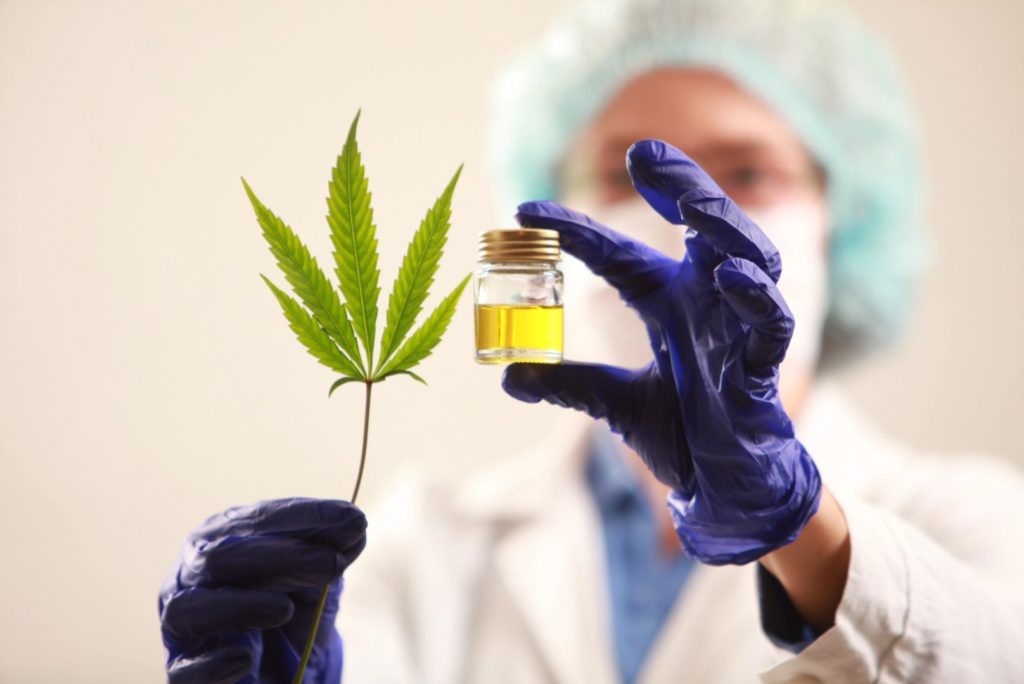Do you suffer from pain, anxiety, depression, or sleep, weight or appetite loss due to an injury? Are you sick of taking pills that only somewhat help you manage the side effects of your condition?
While medicinal cannabis won’t replace every pharmaceutical you may be taking for your health condition, it could be a much more effective and safer alternative to help you manage side effects. Currently, there are studies being done to see the short-term and long-term benefits and downsides to medicinal cannabis — here is what we have learned so far.

Why do people use medicinal cannabis?
For many, medicinal cannabis provides pain relief, improved sleep and restfulness, reduced anxiety, better mood management, and appetite control. While much of the evidence is anecdotal, studies are being conducted to determine just how effective various strains of medicinal cannabis can be.
If proven accurate, one of the many significant benefits of using medicinal cannabis for pain management would be the reduction of opioid use. When compared to opioids, such as morphine and oxycodone (OxyContin), medicinal cannabis could be a strong alternative while being much less addictive. While medicinal cannabis can be habit-forming and has the potential to be overused, it’s not as dangerous as opioids for pain management.
There are different strains of medicinal cannabis that are designed to soothe pain and other symptoms from a variety of causes — from migraines and physical injuries to different types of arthritis and neuromuscular disorders.
How does medicinal cannabis work?
A major part of what makes these strains different is the balancing of THC (tetrahydrocannabinol) and CBD (cannabidiol) levels to impact pain and other symptoms in particular ways. THC is the primary psychoactive component of cannabis and provides pain relief, while the primary non-psychoactive component, CBD, also provides pain relief as well as anti-inflammatory effects.
A recent study discussed the possible future implications of medicinal cannabis. For example, THC binds with CB1 (cannabinoid) receptors, which are found mainly in the central nervous system and CB2 receptors located in cells throughout the immune system. This connection has an effect on pain, appetite, digestion, emotions, and thought processes which can help many patients return to a normal life.
CBD, on the other hand, reduces inflammation by suppressing inflammatory responses and pathways to the brain and stimulates the production of regulatory cells. Because of this, CBD allows the body to better regulate and manage pain perception, anxiety, inflammation (including autoimmune conditions), and more.

The biomechanics of THC and CBD show that each have their own strengths and effects on the body. By creating a wide range of cannabis strains, medicinal cannabis could potentially be finely tuned to suit every patient’s health needs.
For those seeking an alternative pain management solution but don’t like the psychoactive feeling of cannabis, there are strains that have higher levels of CBD which have no psychoactive effect. The key is how THC and CBD are balanced with each other.
Preliminary medicinal cannabis studies
According to some preliminary clinical trials, patients found that medicinal cannabis was more effective than the originally prescribed pain medication and the quickest method for pain relief was through inhalation from a vapourizer. While consumables, oil extractions, and sprays can also be effective, it may take anywhere from an hour to a couple hours for the pain relief components to take effect.
That being said, many have found that oil extractions work extremely well for their own personal daily routine and it has allowed them to get back to living their life after an injury. It boils down to working with your doctor to find the right strain and method of use that suits you best.

On one hand, preliminary results seem to indicate that medicinal cannabis can be an effective solution for pain relief without the same dangers of opioids. On the other, there has not been enough data collected yet to determine any long-term effects of using medicinal cannabis.
It is a relatively new field to explore with many potential benefits for the future of injury rehabilitation and pain management. As new studies are released, be sure to discuss medicinal cannabis with your healthcare professional if you feel that it could relieve your pain.
What injuries can medicinal cannabis help with?
From concussions and migraines to spinal cord injuries, joint pain, and many more physical injuries, medicinal cannabis could provide relief to those suffering from injury pain or chronic pain. Depending on the patient and diagnosis, physicians can provide a recommendation for how much medicinal cannabis is necessary for pain relief each day.
For injury rehabilitation, the prescribed amount will reduce as the injury heals.
Many are advocating for the use of medicinal cannabis in place of opioids for pain management. While there is hesitation from various national sports leagues, corporations, companies, and others to embrace medicinal cannabis as a preventable tool and pain management solution, studies are being done to determine if this is the future of helping people recover from injuries, manage chronic pain and prevent damage to the brain.
Patients with fibromyalgia, degenerative arthritis, neuromuscular disorders, and other afflictions could also find pain relief from using medicinal cannabis, and in some cases, they can reduce the amount of medications that they are taking.
Does it suit you?
While medicinal cannabis is an alternative for pain management and is showing promising preliminary signs, it may not be safe for everyone. Adolescents, pregnant and breastfeeding women, and those taking certain medications can be at risk.
Some side effects may include dry mouth, red eyes, anxiety or paranoid thoughts, faster heart rate, dizziness, drowsiness, nausea, and vomiting. A part of the process is finding the right strain to suit your pain management needs. If these side effects become extreme or are too uncomfortable for you, discuss this with your physician to find a better strain.

Like any medication, there can be some risks associated with using cannabis for medicinal purposes. Those taking additional medications for their health condition should discuss all of their pain management options with their healthcare provider to determine if medicinal cannabis could be an effective solution for them.
At SMART Rehab, we value a holistic approach to our patients’ recovery and work closely with all your health care providers. One of our main focuses at SMART Rehab continues to be active rehabilitation. For more information or any inquiries about using medicinal cannabis during your injury rehabilitation, contact your doctor and discuss all of your pain management options.